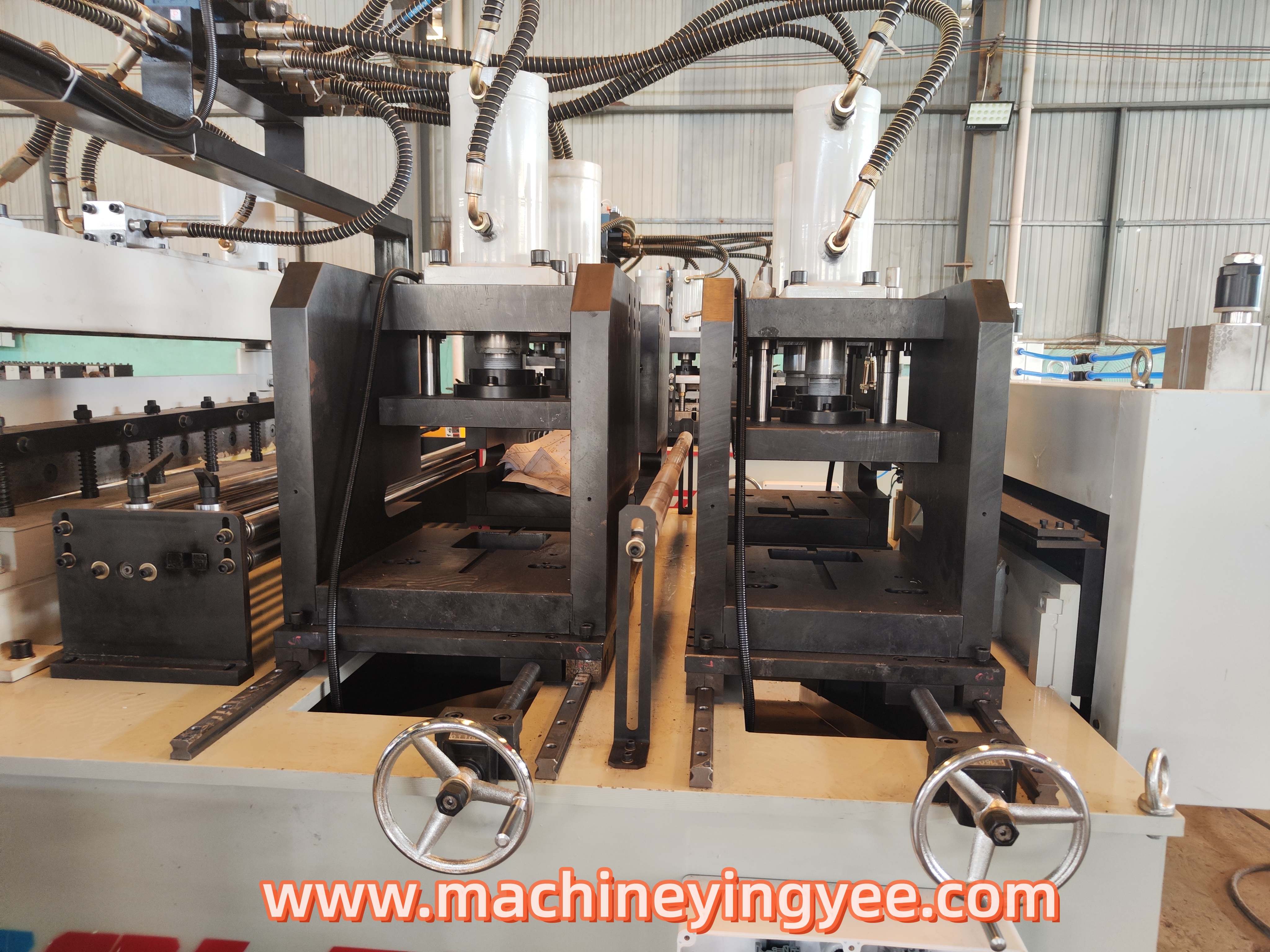
Understanding Stud and Track Roll Forming Machines An Essential Tool for Modern Construction
In the ever-evolving construction industry, efficiency and precision are paramount. Among the advancements that have significantly contributed to these goals is the stud and track roll forming machine. This innovative equipment plays a crucial role in the production of metal framing components, which are essential for building structures ranging from residential homes to large commercial buildings.
What is a Stud and Track Roll Forming Machine?
A stud and track roll forming machine is a type of machinery used to create steel studs and tracks from coil stock. Steel studs serve as vertical supports, while tracks function as horizontal channels that hold the studs in place. The process involves feeding metal coils into the machine, where they are gradually shaped into the desired profiles through a series of rollers and dies. This continuous forming process is not only efficient but also ensures the uniformity and quality of the final product.
Key Benefits of Using Stud and Track Roll Forming Machines
1. Efficiency and Speed One of the main advantages of roll forming machines is their capacity to produce large quantities of metal framing quickly. This efficiency reduces labor costs and turnaround times, allowing projects to progress more smoothly.
2. Precision Engineering The automated nature of roll forming reduces the risk of human error, leading to high-precision components. Consistency is vital in construction as it ensures that each piece fits perfectly into place, improving the overall stability and quality of the structure.
3. Material Savings Steel studs and tracks produced through roll forming are optimized for material usage. This method minimizes waste generated during production since the process can be tailored to specific project requirements, maximizing the efficiency of the raw materials.

4. Flexibility and Customization Roll forming machines can be designed to create a wide range of profiles and sizes, making them suitable for various applications. Whether it’s lightweight aluminum or heavy-duty steel, these machines provide the flexibility needed to adapt to different project specifications.
5. Reducing On-Site Labor By producing the studs and tracks in advance, construction teams can significantly reduce on-site labor. This not only speeds up the building process but also allows for better site management and safety.
Applications in the Construction Industry
Stud and track roll forming machines find applications in various sectors of the construction industry. They are widely used in commercial, residential, and industrial buildings to create interior walls, ceilings, and partition systems. The lightweight nature of metal framing also allows for easy modifications and adaptations to the building layout without compromising structural integrity.
Additionally, with the rise of modular and prefabricated construction methods, these machines have become increasingly valuable. Steel framing components produced in a controlled factory environment can be readily assembled on-site, further enhancing efficiency and reducing construction time.
Conclusion
As the construction industry continues to embrace technology and modernization, stud and track roll forming machines stand out as a vital component in the production of metal framing elements. Their efficiency, precision, and flexibility make them indispensable tools for builders and contractors. As the demand for quicker and more affordable construction methods grows, these machines will undoubtedly play an essential role in shaping the future of the industry. By investing in advanced roll forming technology, construction companies can not only streamline their operations but also deliver high-quality projects that meet the needs of clients and communities alike.